A finger food biography of Padre Pio in bits and pieces (bocconcini).
Birth and childhood in Pietrelcina (1887-1902)
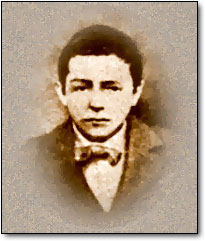
The oldest picture known of Francesco Forgione, who will become Padre Pio.
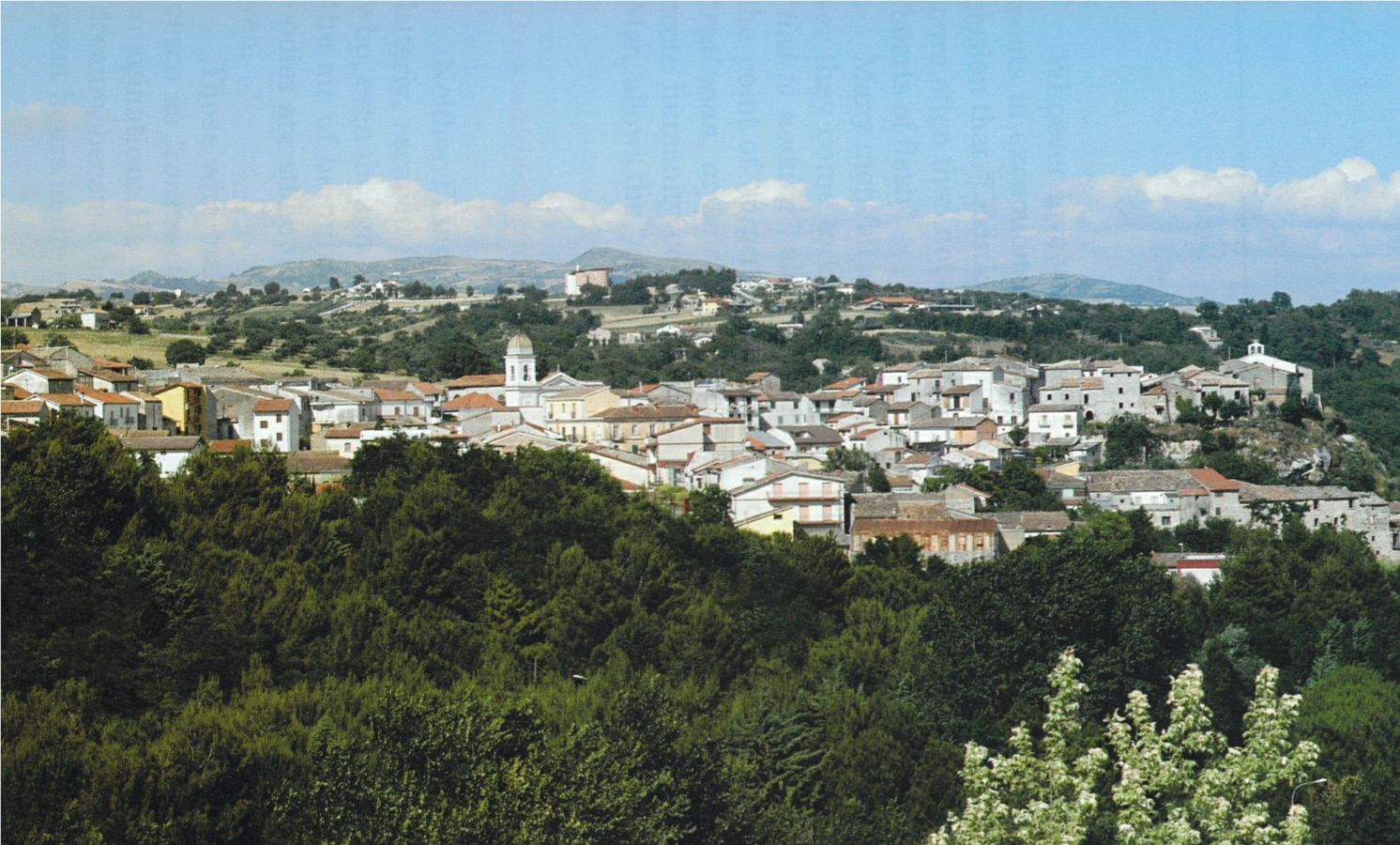
Padre Pio was born on May 27, 1887 in Pietrelcina, Province of Benevento, Region Campania, in Southern Italy.
The town of Pietrelcina is located on a hill called "La Morgia".
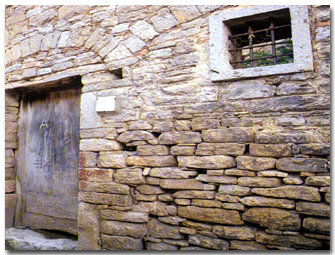
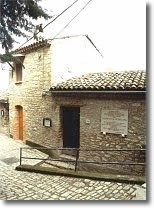
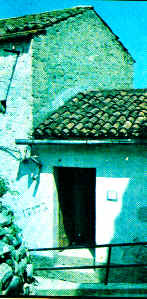
The dwelling was located in Vico Storto Valle, 27, later renumbered 32, and consisted of one room.
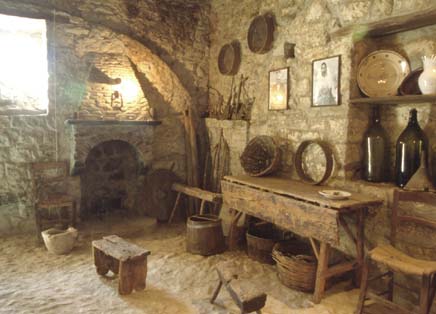
Like in most houses at the time: No plumbing. No bathroom. No running water. No shower. No stove. No electricity.
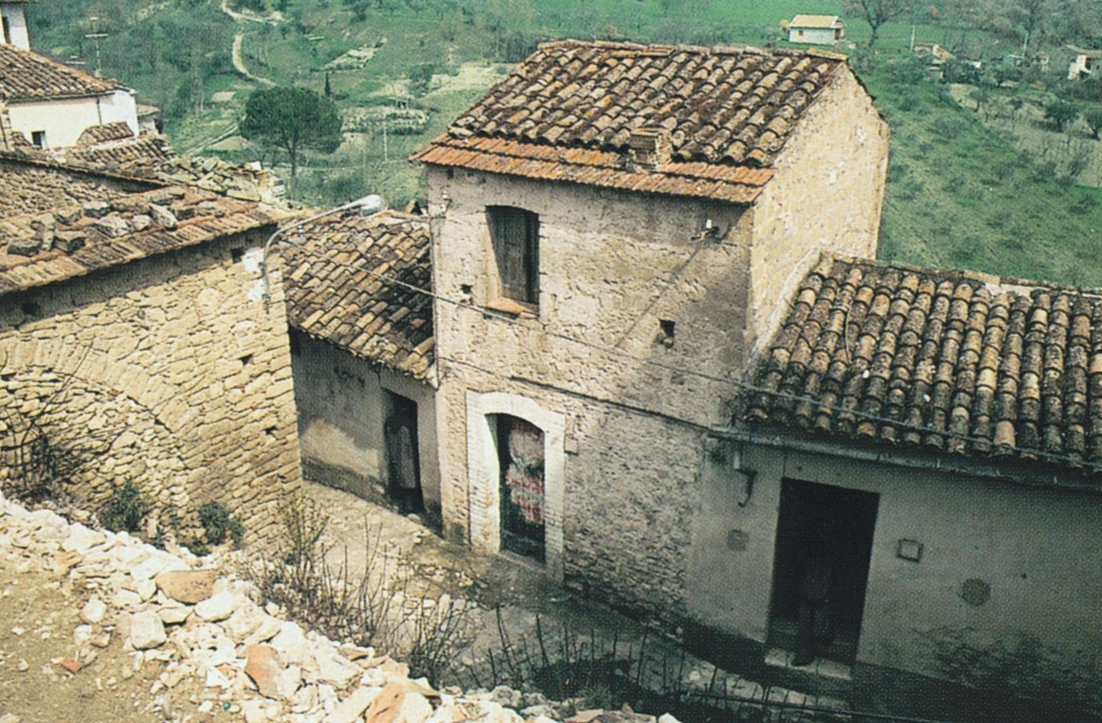
Next door, at Vico Storto Valle 28, there were 2 rented rooms, used as kitchen and bedroom.
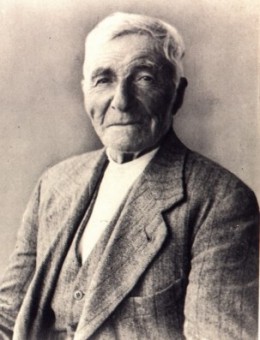
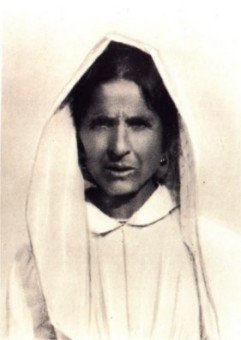
His parents were Grazio Mario Forgione (1860–1946) and Maria Giuseppa de Nunzio Forgione (1859–1929). Both illiterate.
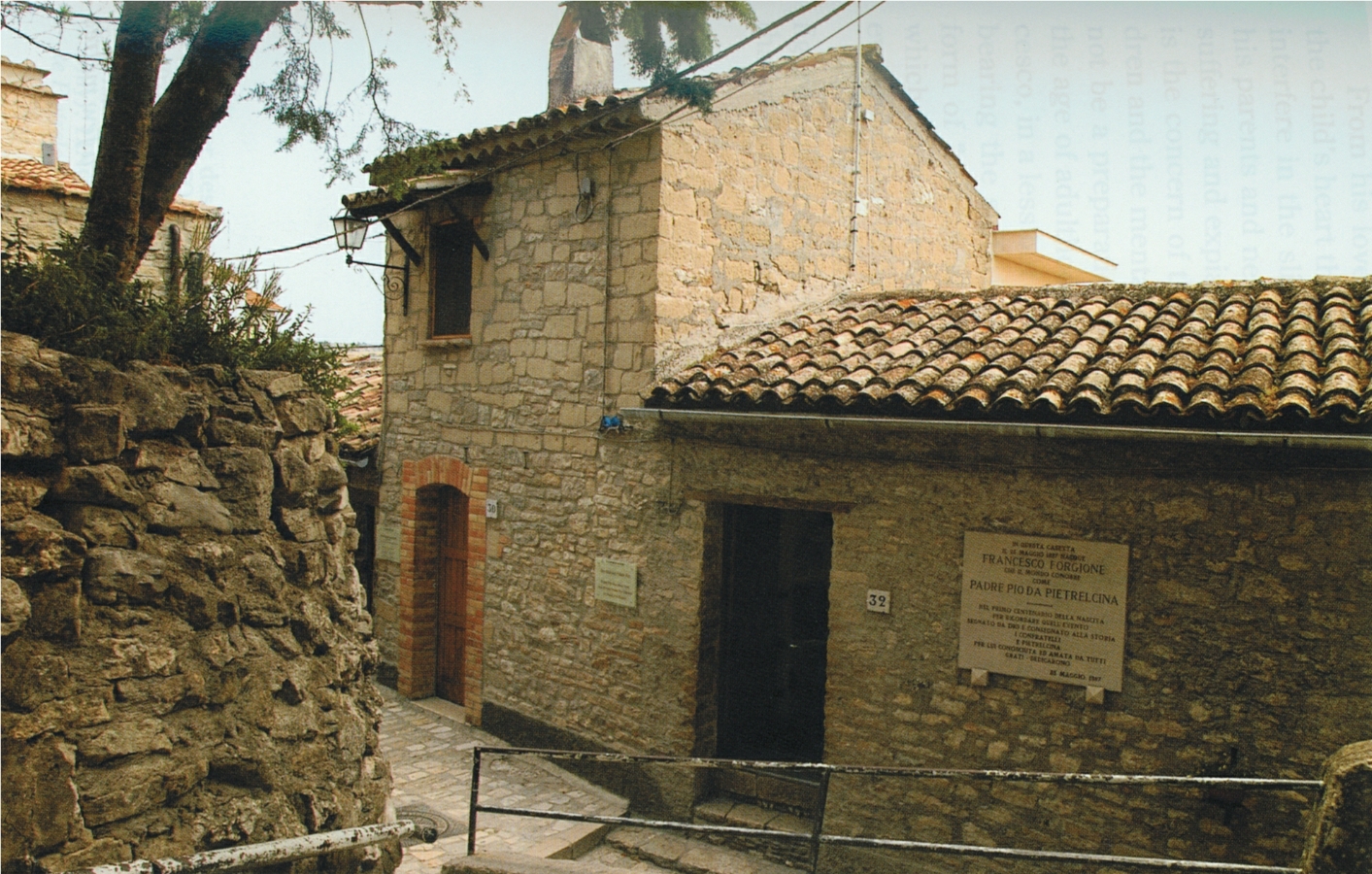
They had 7 children. The first born was Michele. Then Francesco who died after 19 days, and Amalia who died at 20 months.
When Francesco, the future Padre Pio was born, he was given the name of the older dead brother Francesco.
He had also three younger sisters, Felicita, Pellegrina, and Grazia (who was later to become a Bridgettine nun).
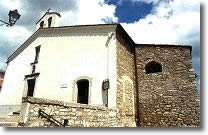
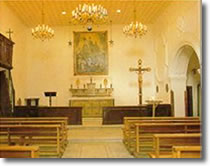
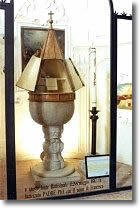
He was baptized in the nearby Santa Anna's Church on May 26, 1887 the day after his birth.
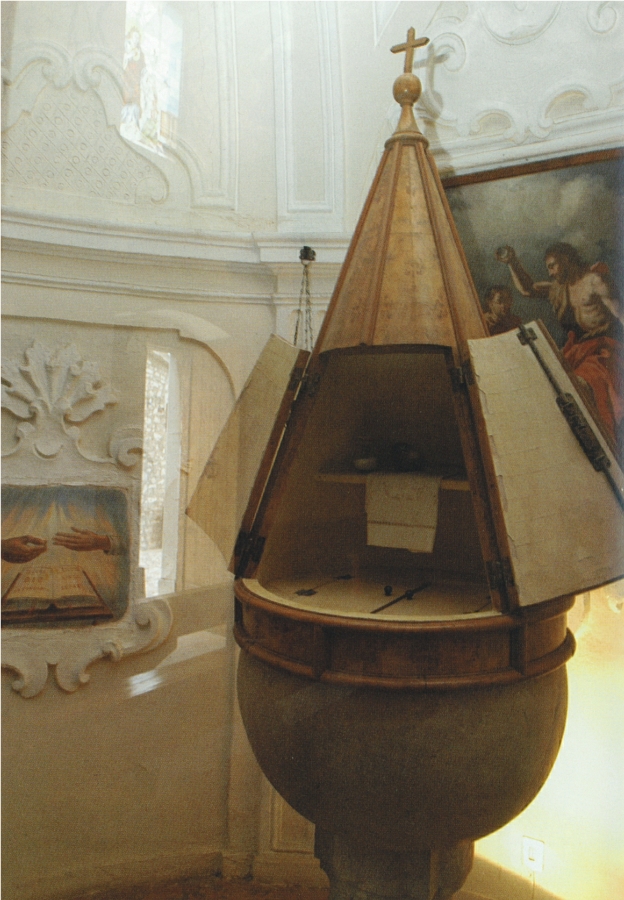
Baptismal font were Francesco Forgione (future Padre Pio) was baptized.
At about the age of five Francesco began having continuous ecstasies and apparitions.
Later he reports under obedience: "I believed that these things happened to everybody".
At the same time frightening diabolic apparitions began, and continued for many years.
At age five decided to consecrate himself to God.
"Since my tender age I felt the call to religious life".
"Mom, my companions do bad things and offend Jesus."
"I don't want to play with the other kids because they curse".
"I felt like not playing with the other kids on the parvis, and sat in a pew in the church,
and Jesus from the tabernacle called me to the altar and put his hand on my head".
Fra Modestino's mother Anna Fucci was the same age of Padre Pio and lived few yards away.
She reported that he refused to play with other kids, avoided to graze the sheep when she was around,
was always with a Rosary in his hands, and everybody called him "lu santariello nuostro" 'our little saint' .
At age six he was sent to graze sheep with an older boy Ubaldo Vecchiarino called Baldino.
Baldino reported that Francesco often was kneeling in intense prayer and he had to tell him:
"When you pray, it seems like you die, that you don't are anymore on this earth".
They also went to school together in the evening, to the home of Cosimo Scocca, and
"He was the only one to answer the teacher questions".
Another shepherd boy, Luigi Orlando, remembers him as a boy of few words, frequently reciting the Rosary.
To his mom who saw him at age 8 beating himself with a chain "I must do like the roman soldiers beat Jesus and made his shoulders bleed."
Father Giuseppe Orlando reported that Francesco, despite the objections of his mother, would sleep on the floor using a stone as pillow.
Father Agostino: 'I could swear that Padre Pio has kept his virginity, and never committed a venial sin against the angelic virtue.'

Padre Pio's first teacher was Cosimo Scocca, a farmer who had a fifth grade education.
His first grade teacher Mandato Saginato reports that Francesco used to fill the exercise book with drawings of the Cross.
Starting September 1898, age 11, begun private lessons with don Domenico Tizzani, "per cinque lire al mese."
The tuition of five lire per month was quite a bit in those times.
After few months with don Tizzani, he changed teacher and went to study with another teacher, Angelo Caccavo.
With him Francesco got the elementary diploma.
A notebook with 30 themes devoleped by Padre Pio when he studied with Caccavo is still preserved to this days.
"I was an unsalted piece of macaroni."
"In my home you hardly found a penny, but we never missed anything".
To make money to pay for Francesco's studies Grazio Forgione went to work in New York from 1898 to 1903.
He also went to work in Argentina from 1910 to 1917.
"My father crossed the ocean twice to give me the possibility to become a friar."
Padre Pio received the First Communion and was Confirmed on 27 September 1899, at age 12.
Padre Pio stated in writing his desire to become a Capuchin priest for the first time in a letter to his father in USA on October 5, 1901, at age 14.
Three visions in few days, between the end of December1902, and January 5 1903 defined his life.
First vision, end of December 1902, while meditating about his leaving for the novitiate:
He saw a great multitude divided in two camps, one shining, the other dark. A gigantic monster headed the dark camp.
A majestic man of rare beauty heading the other ordered Francesco to fight the monster. He did and won.
"The monster you have defeated is the devil and you will fight this enemy for the rest of you life."
Second vision, January 1, 1903, after receiving the Communion: He was suddenly enveloped by an interior light,
and he understood that by entering the service of the Lord he was exposing himself to the unending fight with the devil.
Third vision January 5, 1903, during the night:
Jesus and Mary came and encouraged him to go on with his plan to enter religious life.
Padre Pio left his home on January 6, 1903, to become a Capuchin friar.
"I want to be a friar with a beard, like brother Camillo."
.
Novitiate and studies to be ordained priest (1903-1910)
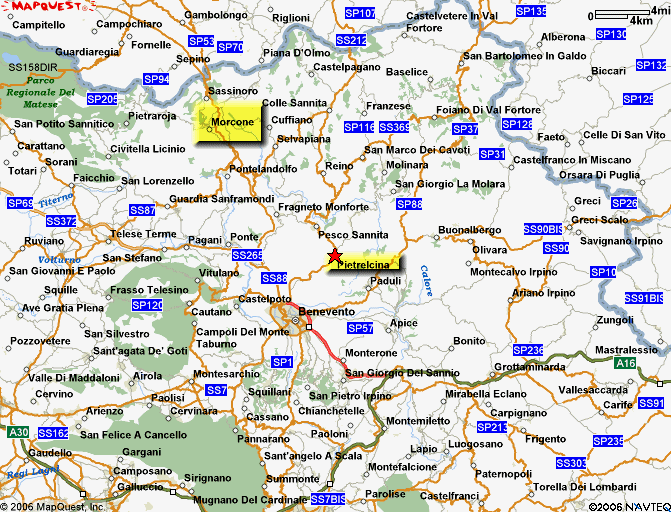
January 6, 1903, Francesco left home for Morcone (30 Km from Pietrelcina) to begin the novitiate in the Capuchin Order.
His mom gave him a Rosary (still preserved) and said; "My son, Saint Francis has called you, and you must go".
"My last night at home Jesus and his mother came to assure me of their predilection".
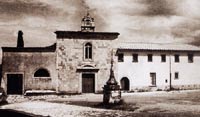
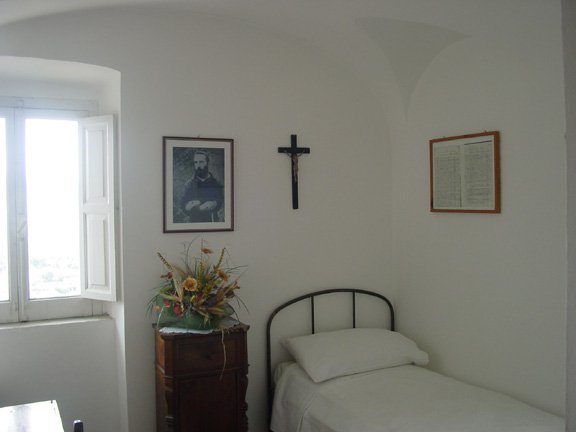
The convent in Morcone, and the cell of brother Pio.
January 22, 1903, at age 15, he took the Capuchin habit and changed his name from Francesco Forgione to Pio.
"Where better I could serve you, o Lord, if not under the banner of the poverello di Assisi."
On January 2, 1904 he pronounced the wows of charity, poverty and obedience.
"I, brother Pio from Pietralcina, ask and promise to God the Omnipotent, and to the blessed Virgin Mary,
and saint Francis, and all the Saints, and to you o father, to observe in all my life the Rules of the Minor Friars,
confirmed by pope Onorio, living in obedience, poverty, and chastity."
His mom was there: "My son, now you really are a son of Saint Francis. May he bless you".
On January 25, 1904, age 16, moved to S. Elia a Pianisi to study rhetoric and philosophy (grammar school and secondary school).
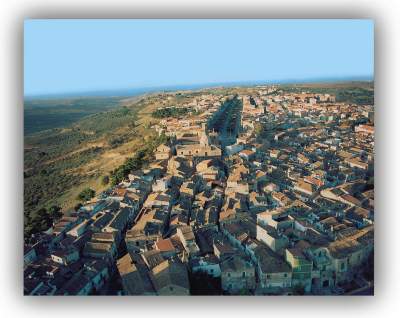
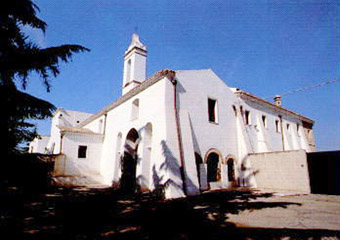
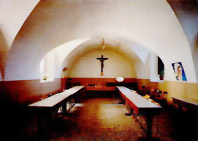
October 1908, moves to Serracapriola (Foggia) to start studies of theology, continued at Montefusco (Avellino)
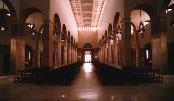
August 10, 1910, age 23, Ordained priest in the Cathedral of Benevento.
"O Jesus, may I be with you the way, the truth and life for
the world".
"O Jesus may I be with you a perfect victim".
1910 Padre Pio's daily resolutions: "4 hours of meditation, no less than five complete rosaries,
novenas to Madonna di Pompei, St. Joseph, St. Michael, St. Anthony, St. Francis, Sacred Heart, St. Rita, St. Theresa".
From 1910 to 1916 Padre Pio spent most of his time in poor health at home in Pietrelcina.
In a letter to Padre Agostino on December 3, 1912: "I'm giving you the good news that the 27th of last month
my father and my brother came back from America. They are in good health."
Padre Pio's health was not good. On October 1911, after a physical examination by dr. Antonio Cardarelli in Naples, he was sent for convalescence to Venafro.
According to the diagnosis of the celebrated physician, the young friar's days were numbered, and he couldn't travel long distances,
which is why he was sent to Venafro, location of the closest convent.
During the month and a half stay in that convent, the community noticed the first supernatural phenomena:
divine ecstasies lasting up to one hour, and diabolic apparitions lasting a few minutes.
In Venafro, from Fr. Agostino's diary: 'Starting in November 1911, I was present with Fr. Evangelista, the superior of the monastery,
for a considerable number of ecstasies, and many instances of demonic oppression."
"Satan would appear as a nude woman dancing lewdly, as is spiritual father, as his superior, pope Pius X, his guardian angel, St. Francis,
the Virgin Mary, and also as the horrible self, with an army of demonic spirits.
At times there were no apparitions but he was beaten until he bled, tormented with deafening noises, covered with spit.
He was able to free himself from the torments by calling on the name of Jesus."
Padre Pio always distinguished the devil's apparitions from the heavenly visions by asking:
"Say Long live Jesus." (Ripeti 'Viva Gesù). If it was the devil, he would disappear.
Military service in Naples (1915-18)
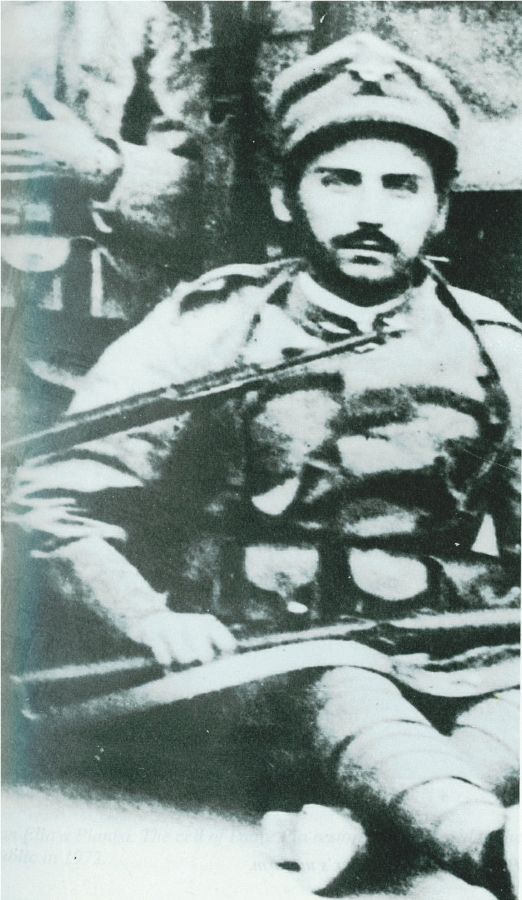
Padre Pio dressed in military uniform.
November 6, 1915 Padre Pio was drafted, at age 28.
December 6, 1915 recruit #12094, assigned to the 10th Company of Health in Naples
December 17, 1915 medical consultation diagnoses 'pulmonary infiltration', and grants 1 year of convalescent leave.
Starting February 17,1916 he spent most of the convalescence in the convent of St. Ann Foggia, in search of a more suitable place for his frail health.
But even there he continued to feel sick: vomiting, sudden sweats, dizziness, and a very high fever.
At night, terrifying noises came from his room. They ended with a boom that would shake the walls and terrorize the other friars.
He told father Benedetto that it was the devil who, unable to win, exploded in fits of rage.
He stayed in Foggia until September 4, 1916.
September 4, 1916 Padre Pio moves to the convent of San Giovanni Rotondo
December 18, 1916 returns to the Military hospital.
December 30, 1916, new medical consultation. Granted 6 months of convalescent leave.
September 4, 1917, started training in the Military Hospital of Naples.
November 5, 1917, granted 6 months of convalescent leave.
March 6, 1918. Back in the military hospital.
March 16, 1918 discharged for medical reason for "double bronchoalveolitis."
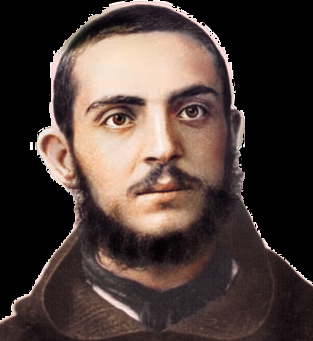
The world of Padre Pio.
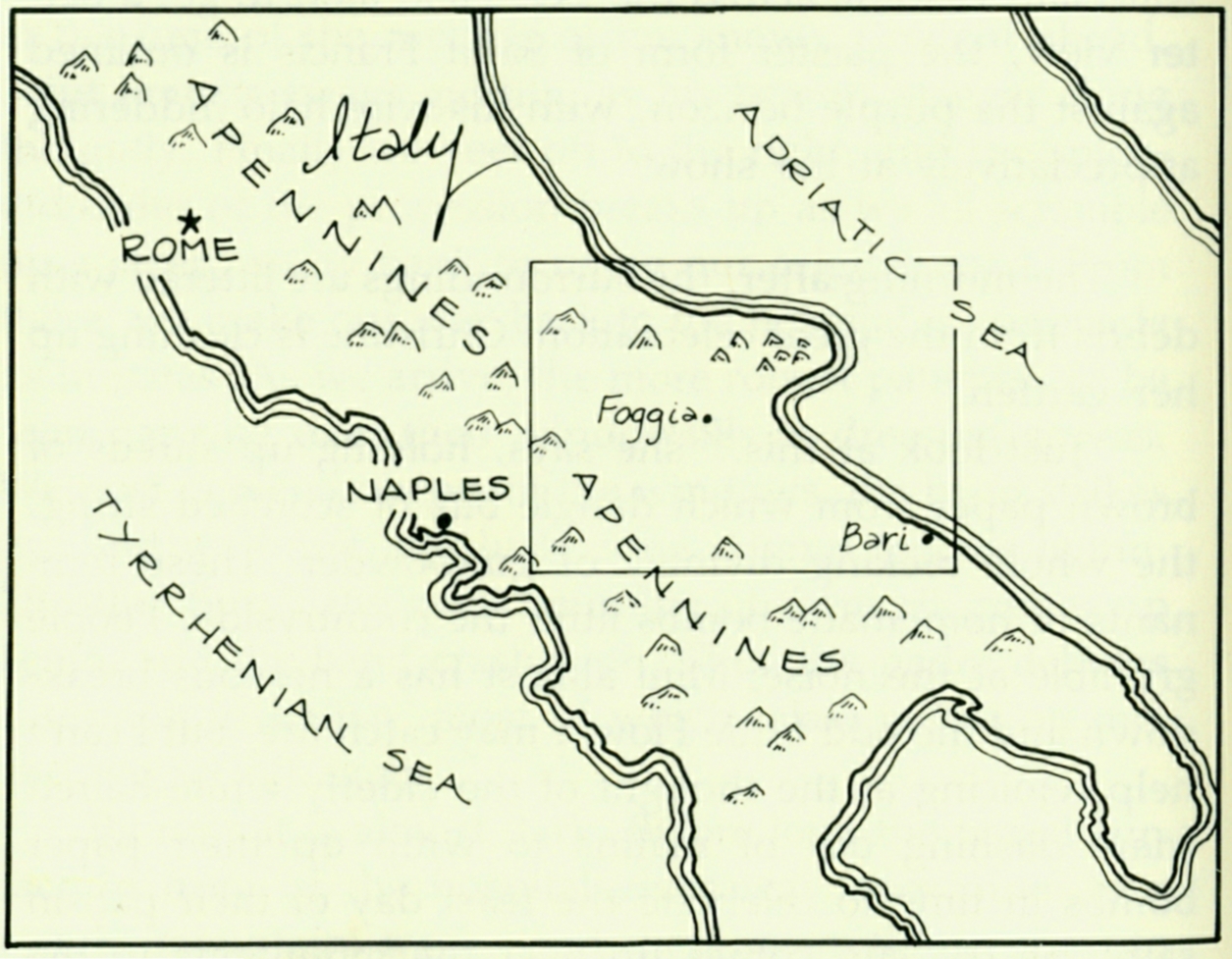
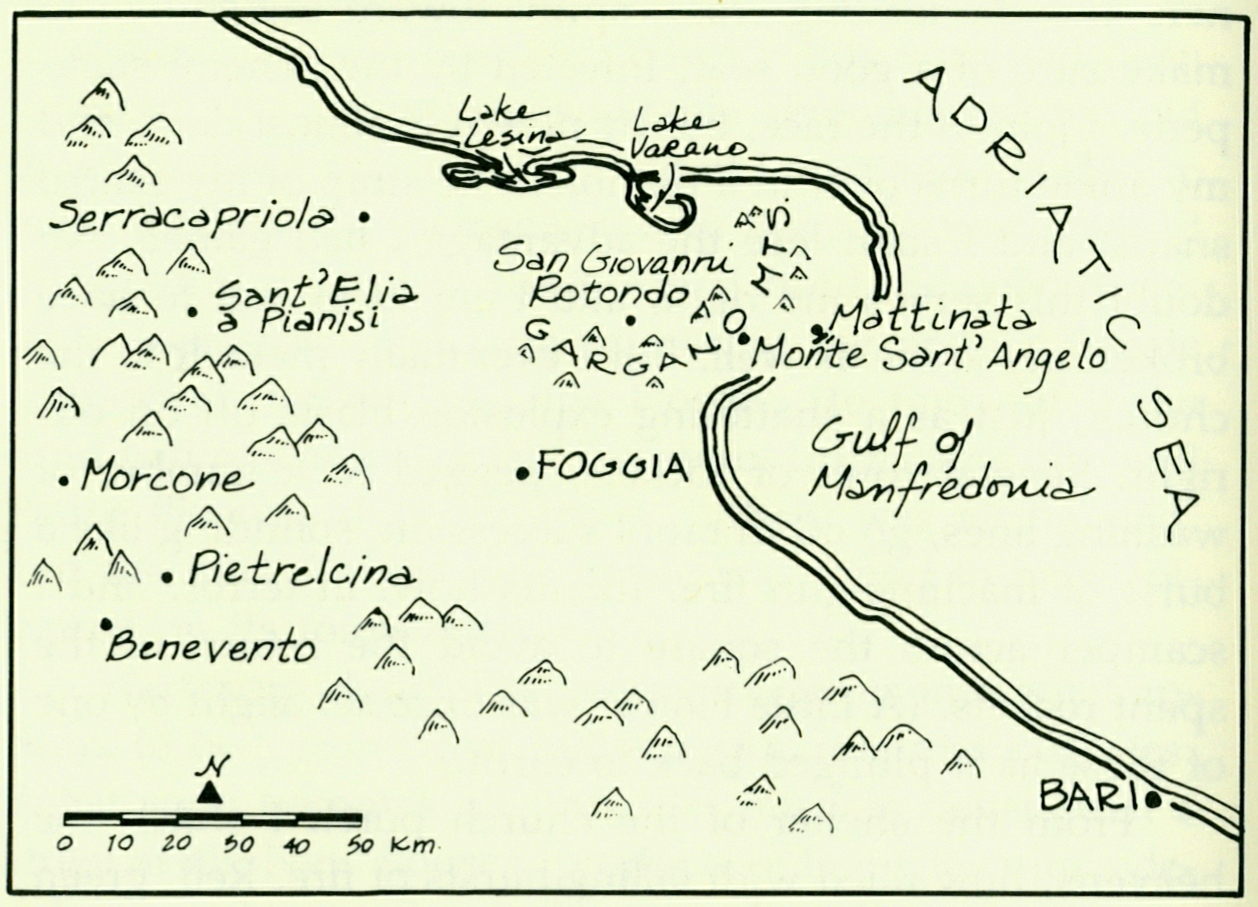
High "mystical" fevers
Padre Pio had long bouts of high fevers, followed by normal temperatures.
Padre Pio himself described the experience as a "moral, rather than a physical, illness"
and said it was like he was "in a furnace, still always conscious".
A brother attested that "even under the strain of this fever, Padre Pio is not knocked down, but gets up, moves about, and can do everything."
The body temperature was taken by mercury thermometer, today no longer in common use.
Normal body temperature is 98.2°F (or 36.8°C). A temperature at or above about 104 °F (40 °C) requires treatment.
On December 1915 at the Trinity Military Hospital in Naples, during a routine physical, Padre Pio's temperature was taken by dr. Giuseppe Grieco,
lieutenant medical doctor in the Italian Army, with a armpit mercury thermometer. In less than one minute the thermometer cracked,
having gone over the maximum temperature of 42C (107.6). Three other thermometers cracked the same way. Dr. Grieco called in a colleague dr. Francesco Melle.
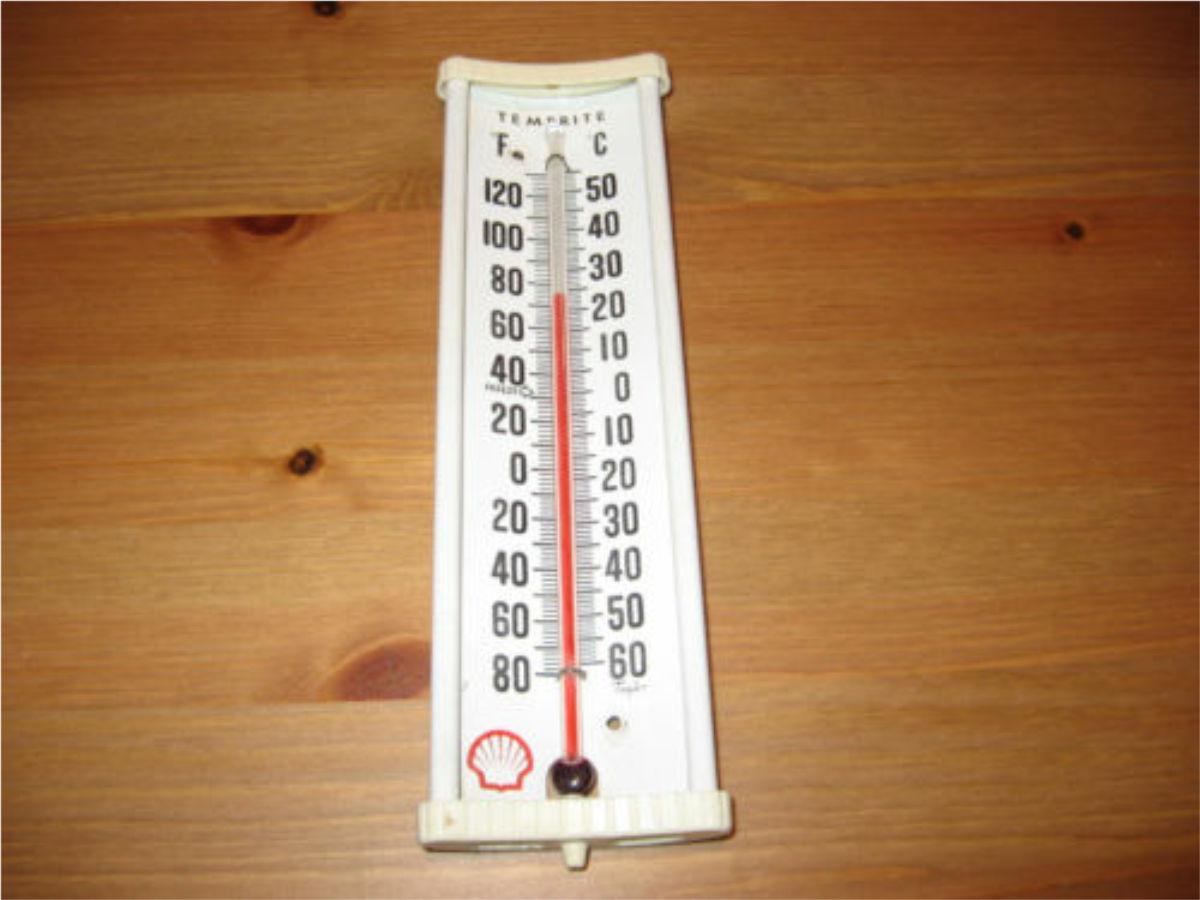
They decided to try with a bath thermometer, removed from the casing that could read up to 80C (176F). The thermometer read 48C (118.4).
They couldn't believe it, so they tried with a laboratory precision thermometer. This time the temperature was 49C (120.2).
They decided to inform the captain prof. dr. Felice D'Onofrio, chief of medical services. He came in, measured again, and the reading was 49C.
"This is a mystery. This is impossible. I can't believe my eyes. He should be in agony. This man is either a saint or a devil."
He prescribed quinine and went to see him in the morning. He took again the temperature and was 36.7C (98.06).
"I don't understand anything. Let's send him home to die in peace." He gave him a year of medical leave.
Dr. Giorgio Festa in 1920 took Padre Pio's temperature as part of his investigation. The reading was 48.5C
In 1921 Father Lorenzo, superior of the convent, testified under oath to Mons. Rossi that he was skeptical,
and had personally witnessed and recorded Padre Pio
with fevers of 43C (109.4F) degrees Fahrenheit, then 45C (113F) degrees, and finally 48C (118.4F) degrees.
02 Transverberation; Stigmata Wounds; examinations;